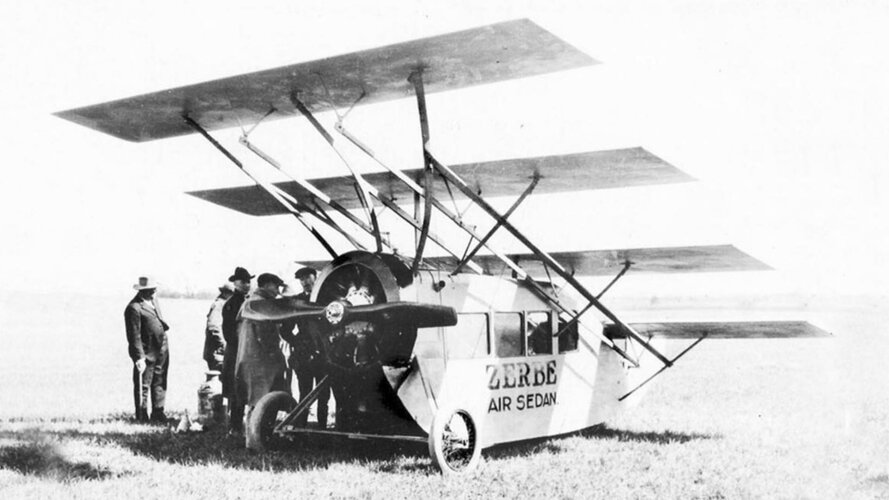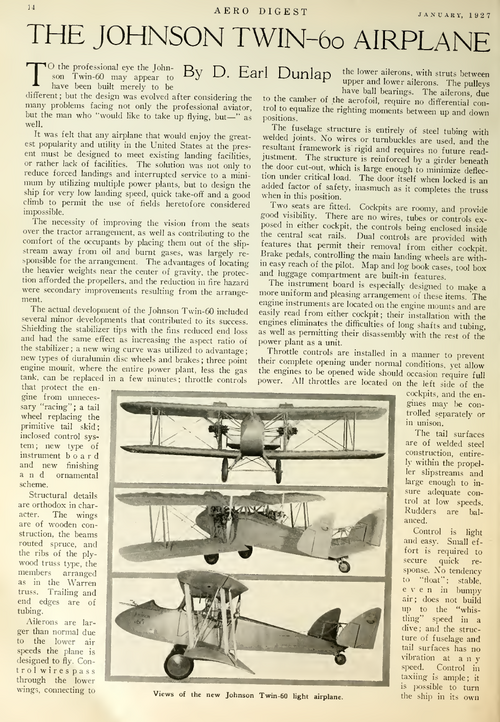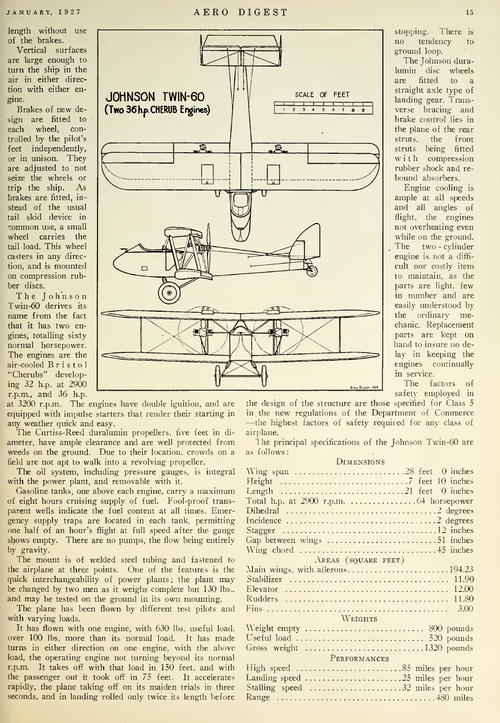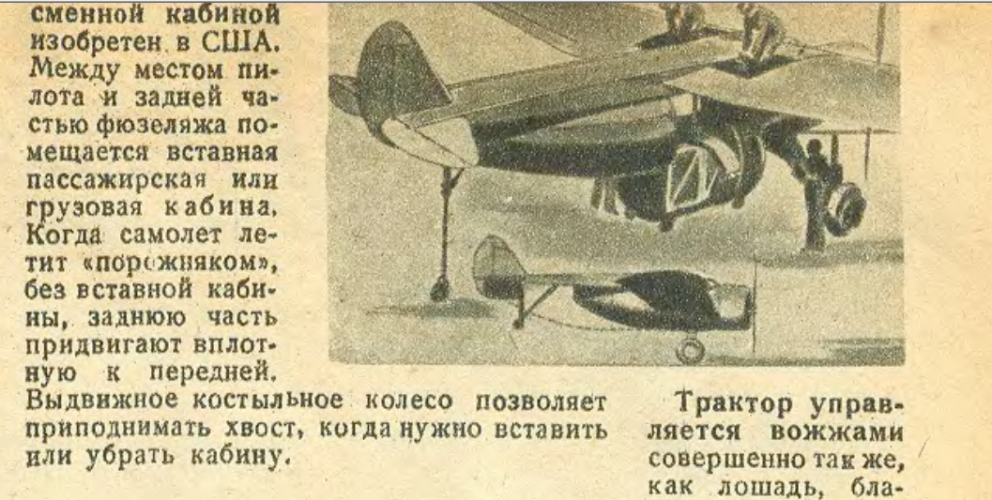- Joined
- 11 March 2012
- Messages
- 3,244
- Reaction score
- 3,171
Over on www.homebuiltairplanes.com we have engaged in lengthy discussions about low aspect-ratio flying wings including Arup, Para-Plane and an Italian plane that looked almost square ... er ... diamond-shaped from above.Hi,
I can't ID this airplane well,even the name of its designer,Glary,it is not
mentioned in Aerofiles ?.
Barnaby Wainfain has explained that when aspect ratios dip below 1.8, wing tip vortices collide on the centerline and cancel out each other, achieving much better lift-to-drag ratios than conventional aerodynamics predict. .
Last edited:






















